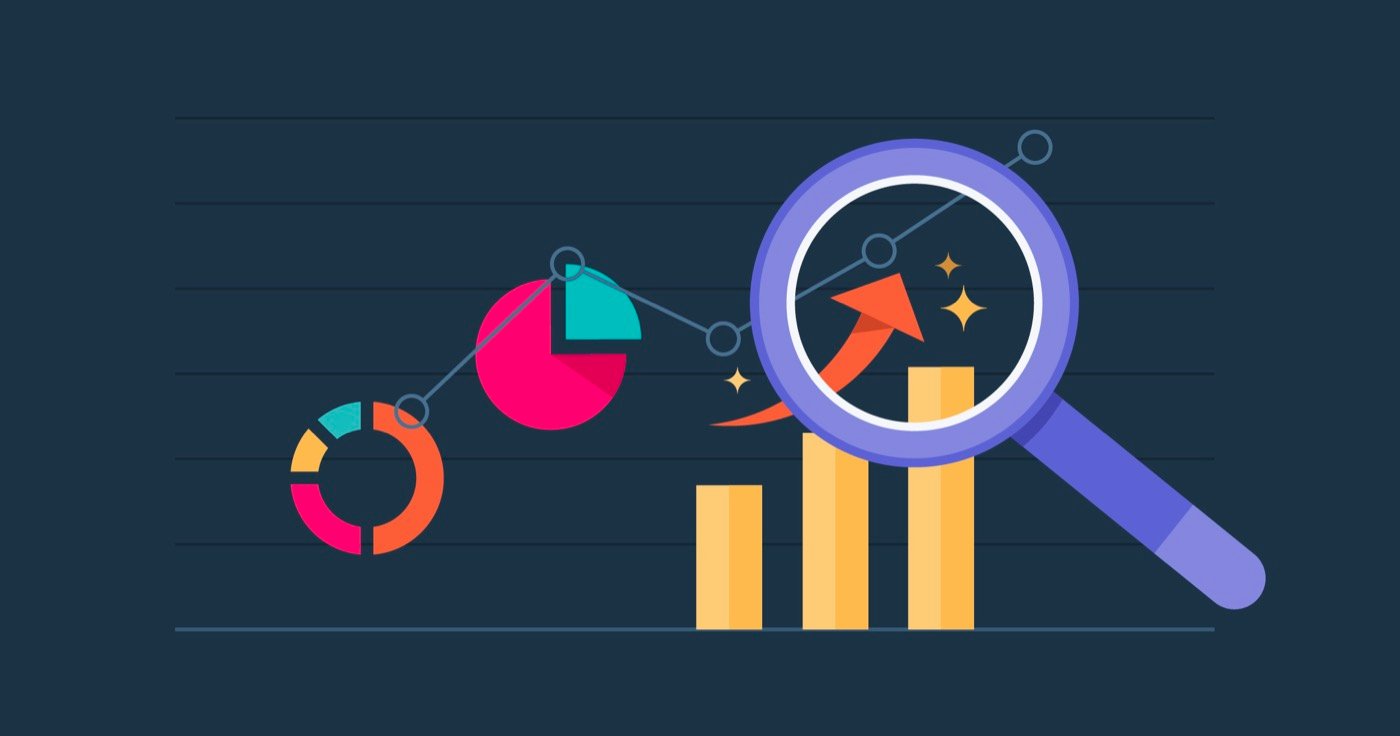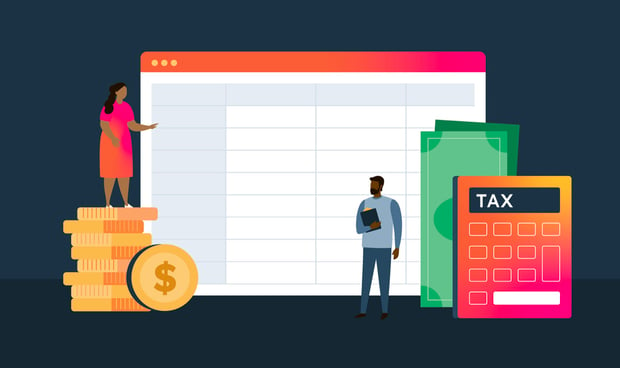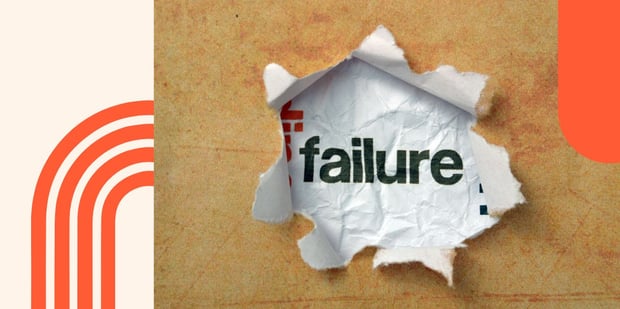The dilemma of the “second product syndrome” is a business concept that Steve Jobs introduced in the documentary, “The Pixar Story.” Talking about the animation company’s growing pains, Jobs unofficially coined the term—and articulated a struggle that most businesses deal with when trying to develop a second product following a successful first product.
“Believe it or not, Apple was one of those companies,” shared Jobs, who co-founded both Apple and Pixar. According to Jobs, Apple’s success with its first product was followed by a less successful second product, allowing him to identify better the phenomenon with which other start-ups struggled.
“Companies have a really successful first product, but they don't quite understand why that product was so successful. And their ambitions grow and they get much more grandiose and their second product fails. (...) I've lived through that and I've seen a lot of companies not make it through that,” he shared.
How do you deal with ‘second product syndrome’?
Unfortunately, “becoming Steve Jobs” is not a viable option. However, there are specific ways to ensure that the pressure of creating a second product doesn’t get to you.
The first tip is to not rush into things when you’re desperate. “The worst time to build a second product is at a time of desperation,” shares HubSpot co-founder and CTO Dharmesh Shah.
Just like the classic dieting advice to not go grocery shopping when you're hungry, it’s important to remember that a second product should not be an act of desperation.
Building a second product because you feel like you have no other choice or “because your first product is dying, or someone else is taking over the broader category,” is never a good idea, shares Shah. Instead, it should result from careful research and thoughtful deliberation of user needs and interests. Here are some tips for success when developing a second product that is just as good as (or even better than) your first:
1. Know why you’re doing it
One of the biggest mistakes that most start-ups make when developing a second product is not knowing why they’re doing it. A clear purpose and vision for the product are essential, which will help guide your team in the right direction.
 This step also entails knowing the customer pain points you'll address with your second product. Here are some helpful considerations:
This step also entails knowing the customer pain points you'll address with your second product. Here are some helpful considerations:
- Is there a unique problem that you'll be solving?
- Are you presenting an entirely novel use case for something?
- Will you be creating something more efficient than existing solutions?
It's crucial to note that being clear with your purpose and vision for your product will ultimately determine how well you market your product.
2. Figure out your points of leverage
What do you have today that can help you increase the success of your second product? This could be anything related to your market, domain expertise, product code, and the like.
Using feedback from the first product launch, list the most valuable features and how you can further improve them for your second product. This way, you can focus on aspects that will help you differentiate yourself from the competition.
 As mentioned in number 1, knowing your "why" will also help you identify unique leverage points. What do you have that your competitors might not have- or not exist in the market?
As mentioned in number 1, knowing your "why" will also help you identify unique leverage points. What do you have that your competitors might not have- or not exist in the market?
Whether you're launching something new or just an iteration of something already existing in the market, pinpointing your leverage points will drive how well you market—and sell—your second product.
3. Don’t be too patient in terms of how fast you expect that product to grow
Yes, patience is a virtue, but when discussing product growth, too much patience may not always be good! When you launched your first product, it was understandably harder to get it going because you were facing unique challenges and trying to introduce your brand to a new market.
However, "your second product should be easier to get off the ground because you’ve already found points of leverage. If it’s as hard (or harder), look for more points of leverage," shares Shah.
This is also why it's essential to understand the market and craft a thoughtful, data-driven launch strategy for your second product. Know your target customers and the channels you'll use to reach them. Then, closely monitor your launch and campaign efforts to see if you're hitting your goals.
 If not, as Shah mentioned, you need to go back to the drawing board regarding your approach and find more and better ways to reach potential customers. You can also leverage customer insight and feedback, as you may identify a concern that needs to be addressed or a selling point that you can highlight.
If not, as Shah mentioned, you need to go back to the drawing board regarding your approach and find more and better ways to reach potential customers. You can also leverage customer insight and feedback, as you may identify a concern that needs to be addressed or a selling point that you can highlight.
4. Test and validate everything
Launching a second product is always exciting, but it’s important to remember that it requires as much diligence as launching your first one. Once you’ve figured out why you're doing it and what points of leverage you have, it's time to start testing and validating your product idea before investing too much time and resources into it.
Ideally, you should test your second product just as much as your first one.
Many business owners fall into the trap of being too overconfident that whatever they put out there will work. Don't make the same mistake! Even if you think your second product is far better than anything else, testing and validating it is still vital to ensure that you meet customer expectations.
 Depending on the complexity of the product, you can create a prototype and get feedback from your current user base. This will help you understand if people are interested in the product and what features they want to be implemented. Great product design is the core of many successful products, so you'll want to ensure your design is customer-centric and innovative.
Depending on the complexity of the product, you can create a prototype and get feedback from your current user base. This will help you understand if people are interested in the product and what features they want to be implemented. Great product design is the core of many successful products, so you'll want to ensure your design is customer-centric and innovative.
You can also conduct surveys or interviews with potential customers to ensure that your product will be successful once it’s released. Doing this will allow you to refine the product and ensure it meets customer needs.
5. Don't let fear of failure (or overconfidence) get to you
There are two things that business owners need to be wary of when developing a new product after a runaway success: Fear of failure and overconfidence.
When launching a second product, you don't want to be afraid to take the risk. There will always be some uncertainty, but fear of failure often leads to an aversion to risks. This can cause many entrepreneurs and inventors to test on smaller subsets of consumers for fear of not getting the expected response, thus returning a less accurate picture of market demand.
 In the same way, overconfidence can be detrimental to a business because it can lead development and launch teams to rely heavily on data and variables from the first product launch. They may mistakenly think they already have enough insight and forgo conducting more thorough testing and analysis to inform efforts to develop and launch the second product.
In the same way, overconfidence can be detrimental to a business because it can lead development and launch teams to rely heavily on data and variables from the first product launch. They may mistakenly think they already have enough insight and forgo conducting more thorough testing and analysis to inform efforts to develop and launch the second product.
As with everything, objectivity is a potent antidote to both fear and overconfidence. Weigh the risks and benefits of your product as objectively as possible before moving forward, then address any potential concerns. A robust business development strategy can help you maximize returns while minimizing risk.
6. Spend prudently
Once you're sure your first product will be a hit, don't fall into the temptation of going all-out on developing and launching your new product. Be cautious with costs and stick to a budget, ensuring you're not eating into the profits you made from your first product.
 Before launching the product, determine how much money you can spend on research, development, marketing, etc. This will help ensure you don't overspend or make unnecessary investments in developing and launching your second product.
Before launching the product, determine how much money you can spend on research, development, marketing, etc. This will help ensure you don't overspend or make unnecessary investments in developing and launching your second product.
It's also essential to track your expenses to accurately assess how much money you're putting into the product. This will help you identify areas needing more resources and keep you from going over budget.
Conclusion
Launching a second product after a successful first one is an exciting prospect, but it's important to be mindful of the risks and rewards that come along with it. If you do find yourself in the middle of having the dreaded second-product syndrome, don’t fret. Take a step back, assess where you are in the development process, and devise a plan to tackle your dilemma strategically.
As mentioned in the tips above, preparedness is a large part of ensuring success when launching new products. This includes testing your product, listening to your customers, and addressing any concerns that may arise during your development process.
It’s important not to let fear of failure get in the way, but keeping your confidence in check is equally important. Overconfidence regarding one’s position in the market has led many businesses to struggle with their second product. So, ensure you have an objective product development approach and a robust strategy to guide you.





